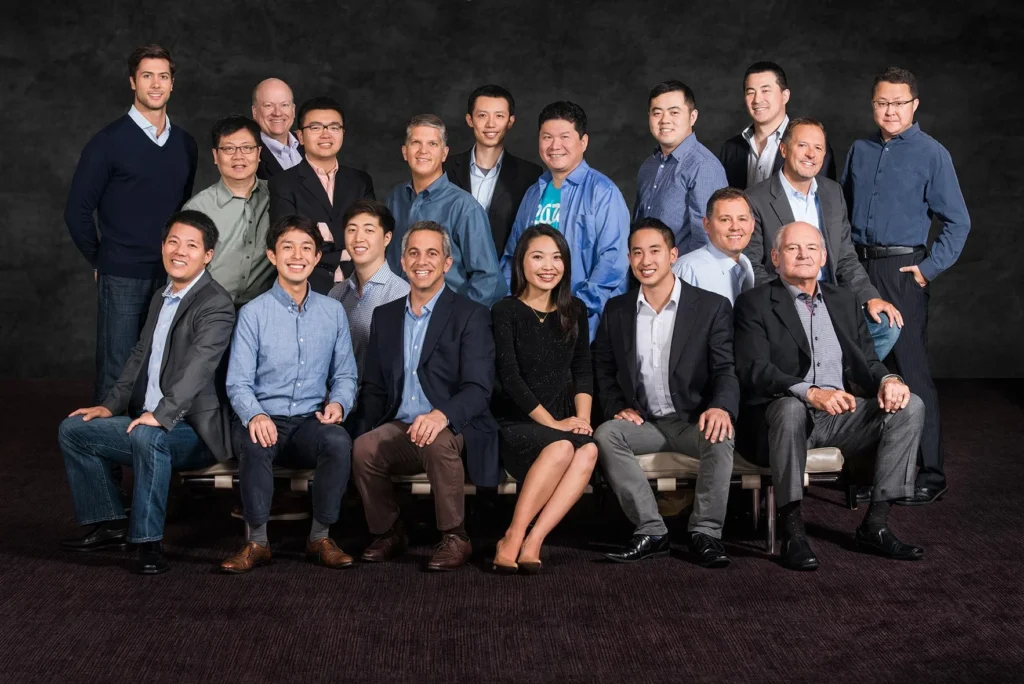In today’s image-driven marketplace, businesses of all sizes understand the power of professional photography. Whether it’s a polished portrait for the company website or dynamic shots of your team in action on the factory floor, visual content plays a pivotal role in branding, communication, and marketing. This is where a collaborative team of a corporate headshot photographer and an industrial photographer becomes invaluable. But how do you choose the right professionals for the job?
This guide outlines the top qualities to look for when hiring a photography team that specializes in both corporate headshots and industrial imagery.
1. Specialization and Experience
The first and most critical quality to look for is specialization in the field. A corporate headshot photographer must understand lighting, posing, and expression to capture professional yet approachable portraits. Meanwhile, an industrial photographer needs to be adept at working in complex, fast-paced environments like factories, warehouses, or construction sites, often dealing with challenging lighting and safety protocols.
Look at each photographer’s portfolio. Does the headshot photographer consistently produce crisp, well-lit, confident portraits? Does the industrial specialist capture machinery, processes, and team activity with clarity and narrative? Their work should reflect not just technical skill but also the ability to tell your brand story visually.
2. Collaboration and Communication
When hiring a team, seamless collaboration is key. A great photography team communicates effectively with each other and with you. They should be able to understand your business objectives, listen to your creative direction, and suggest ways to visually enhance your brand identity.
This becomes even more essential when both types of photography are being handled in the same session or project. Coordination ensures that your executive portraits and operational shots are stylistically consistent, professionally executed, and aligned with your messaging goals.
3. Understanding of Brand Identity
Photography is more than just capturing faces or equipment—it’s about conveying a message. A skilled team understands the brand tone and translates it visually. Whether your brand is modern and edgy, traditional and conservative, or somewhere in between, the team should adjust their approach accordingly.
The corporate headshot photographer will adjust background, lighting, and posing styles to match the professionalism and personality of your team. Simultaneously, the industrial photographer will consider angles, depth, and environment to show efficiency, scale, or innovation, depending on your brand values.
4. Technical Proficiency
While artistic vision is important, so is technical expertise. Both photographers should have a deep understanding of their equipment, whether it’s handling high-end DSLRs, using portable lighting setups, or editing with industry-standard software.
For headshots, proficiency in lighting, sharpness, skin tone correction, and subtle retouching is vital. For industrial photography, the ability to handle low-light conditions, action shots, and wide-angle perspectives is crucial. The combined skill set should ensure that you receive high-resolution, high-impact images every time.
5. Adaptability and Problem-Solving
Industrial sites can be unpredictable. Weather conditions, operational changes, or safety constraints can shift plans in a moment. Similarly, executives may be short on time for their headshot sessions. The best photography teams are calm, creative problem-solvers who can adapt without sacrificing quality.
Ask potential photographers about how they’ve handled unexpected challenges. Their responses can give you insight into their professionalism, flexibility, and ability to deliver results under pressure.
6. Professionalism and Reliability
The reputation of your brand depends in part on the professionals you associate with. Punctuality, preparation, and respect for your time and space are all signs of a reliable photography team.
They should also have clear contracts, transparent pricing, and realistic delivery timelines. A professional team will also help with logistics, such as shoot planning, wardrobe suggestions for corporate headshots, or coordinating with safety officers on industrial sites.
7. Post-Production Quality
Post-processing is where good images become great. Whether it’s perfecting the skin tones in a CEO’s headshot or enhancing the textures and lighting in a factory image, editing plays a crucial role.
The team should offer high-quality retouching and editing services. They must also be able to maintain consistency across your headshots and industrial visuals so that all imagery fits together as part of a unified brand narrative.
8. Client-Centric Approach
Lastly, a great team puts the client first. They take time to understand your business goals, listen to feedback, and adjust as needed. Their goal should be not just to take beautiful pictures but to help your business grow through impactful visual content.
Look for testimonials, reviews, or case studies that highlight their ability to work with diverse clients and meet varied business needs.
Final Thoughts
Hiring a photography team that includes both a seasoned corporate headshot photographer and an experienced industrial photographer is a strategic investment. From executive portraits to behind-the-scenes production shots, this team helps build a cohesive and compelling visual identity for your brand. By focusing on expertise, communication, creativity, and professionalism, you can ensure that your brand is portrayed in the best possible light—literally and figuratively.

